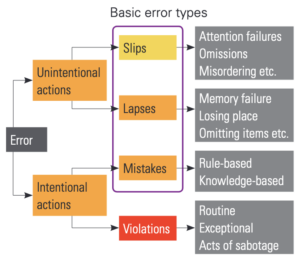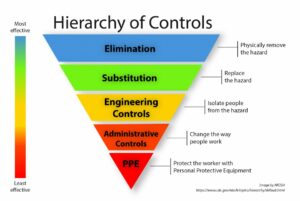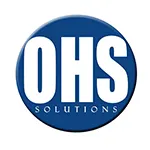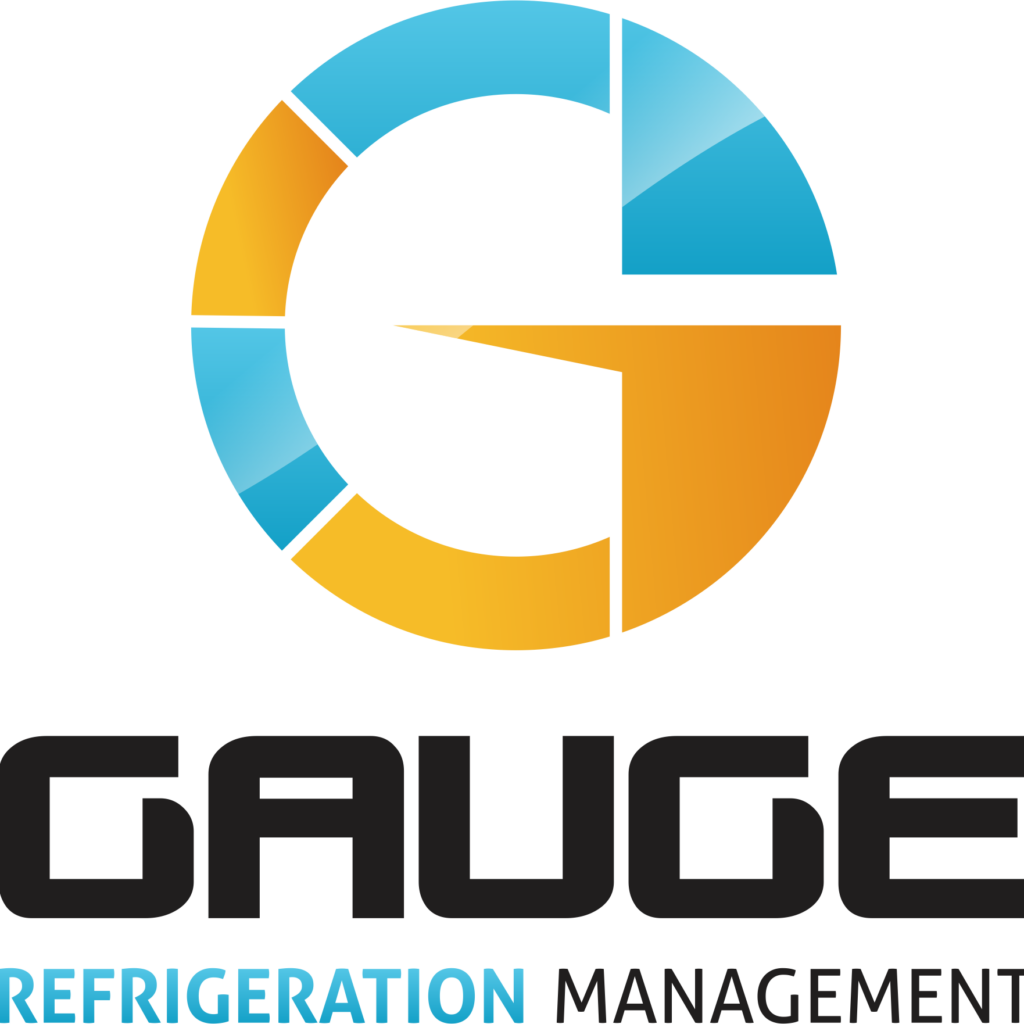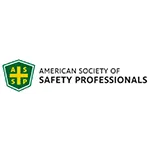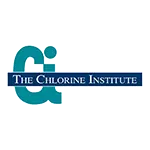CLICK HERE to Renew your Membership
CLICK HERE for a NEW Membership
CLICK HERE to see eligibility requirements for FREE Membership
If you have any questions, please contact me
We offer:
- Over 17,600 categorized unsafe acts/conditions and accident/injury photos
- Over 1,450 ppt's & doc's
- Over 3,975 technical articles on Process Safety & Occupational Safety & Health matters
- Over 450 videos
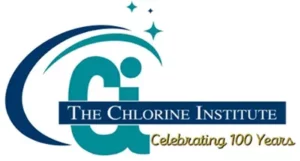
I am proud to announce that have extended our”Partners in Safety” agreement for another year (2025).
CI Members, send me an e-mail to request your FREE SAFTENG membership.
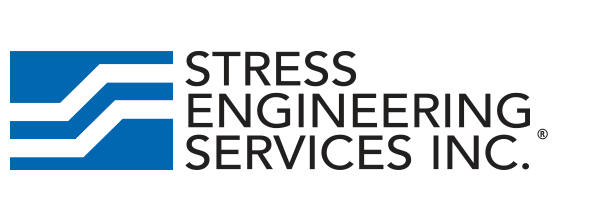
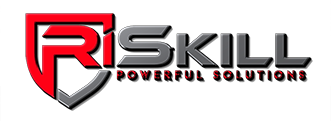



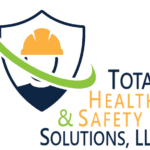


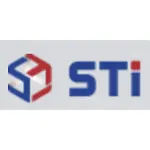

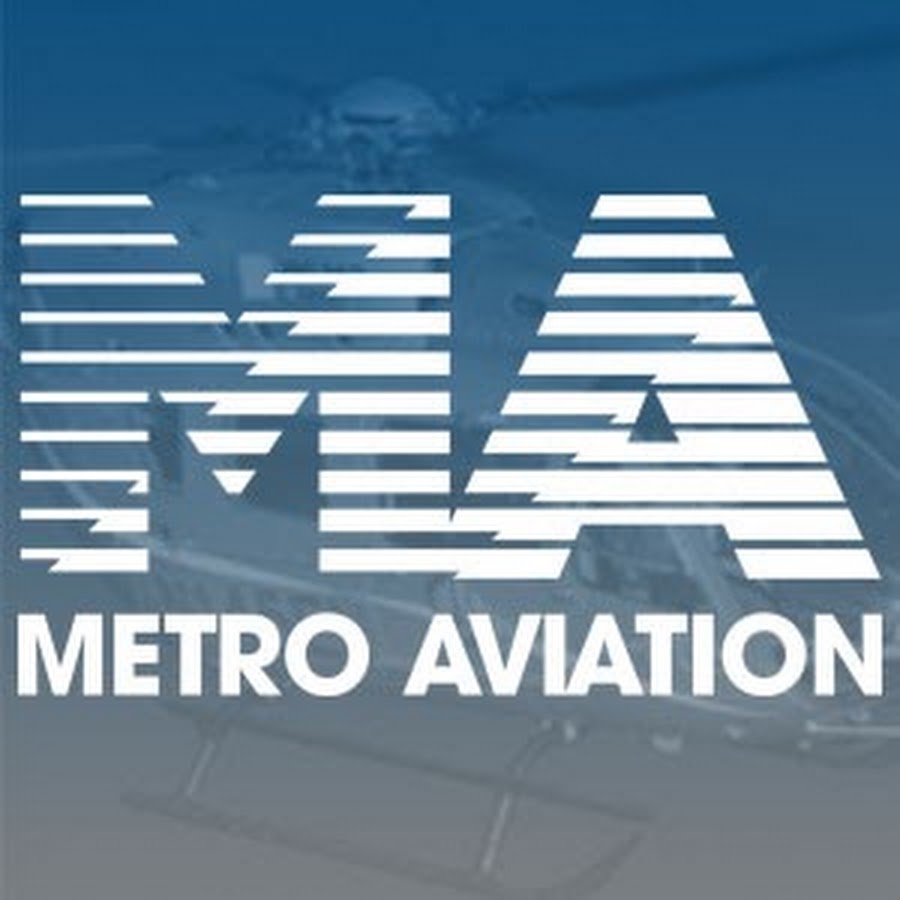
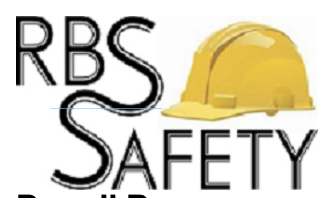
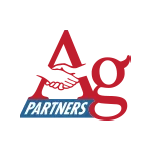
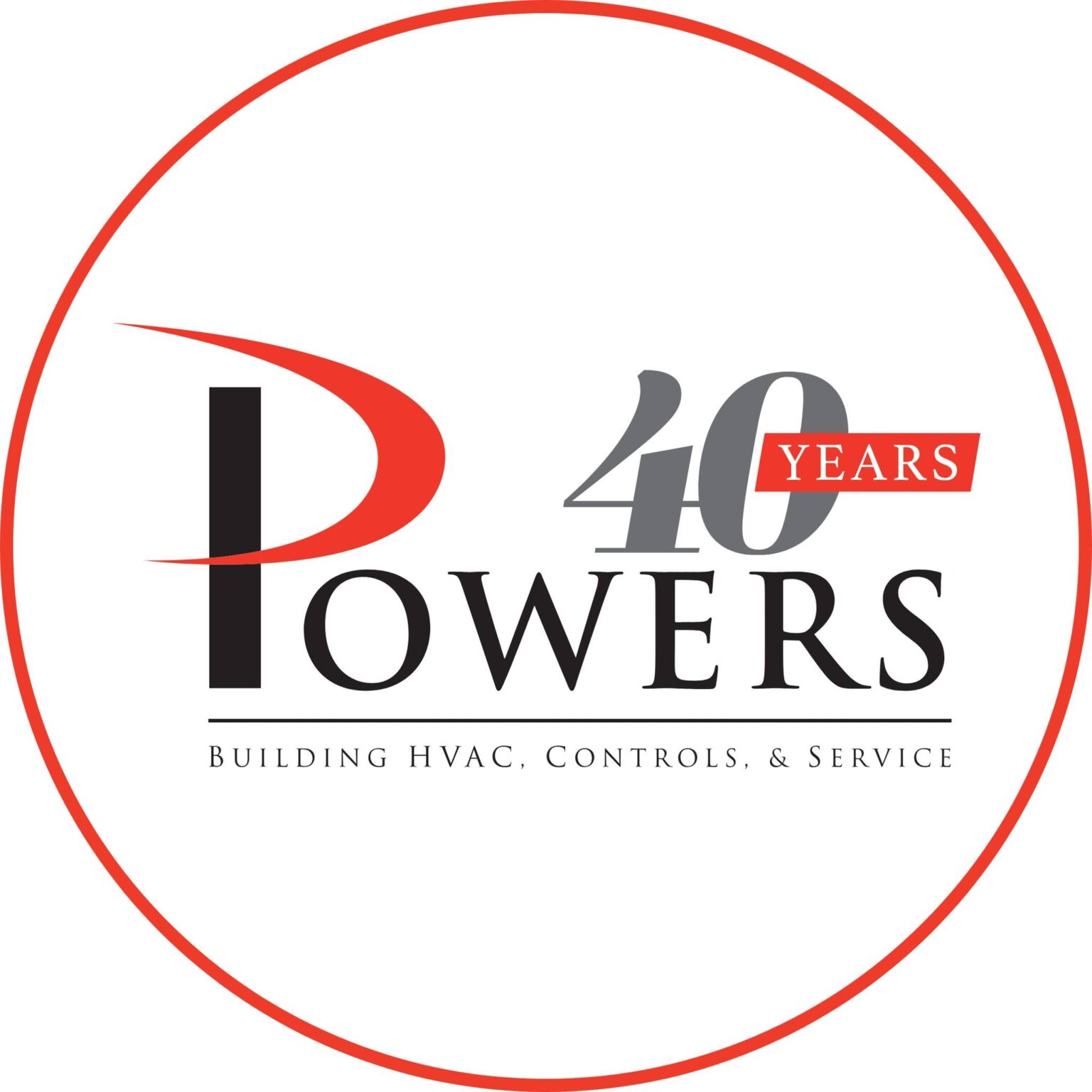
February 16, 2023
Over the past several years, I have focused on my SMS/HF postings rather than the traditional technical postings. Being a safety pro means we wear many hats. I break these down into just two (2) main categories: 1) Technical and 2) Management Systems, including the soft skills we need to possess. Those who have followed me over the years know I love the technical side. But those who have worked with...
Read More
February 15, 2023
The Institute of Nuclear Power Operations (INPO) manages the Significant Event and Information Network for its member utilities both within and outside the United States. In 1985 they issued an analysis of 180 significant event reports received in 1983- 84 (INPO 1985).
A total of 387 root causes were identified. These were assigned to five (5) main categories:
…
HomeRead More »
Read More
February 15, 2023
Human error can be divided into either intentional or unintentional actions. INTENTIONAL actions—those actions that involve conscious choices. These actions are primarily due to judgment or motivational processes. UNINTENTIONAL actions—those in which the right intention or plan is incorrectly carried out or where there is a failure to carry out an action. These actions typically occur due to attention...
Read More
February 15, 2023
Before disciplining a worker for an “error” or “mistake” that led to undesired consequences, we need to ask ourselves one simple question… How often have we written 2022 when signing checks and documents this year? It is February 15th, 46 days into the new year, yet I just had to correct a document that I signed and dated 2022. Should I be disciplined for this “slip”?...
Read More
February 15, 2023
In OSHA’s LOTO standard, they incorporated a requirement that required businesses to have forethought about the means used to isolate energy. Specifically, the standard requires: 1910.147(c)(2)(iii) After January 2, 1990, whenever replacement or major repair, renovation or modification of a machine or equipment is performed, and whenever new machines or equipment are installed, energy isolating...
Read More
February 15, 2023
Since the train derailment in Palestine, OH, on February 3, many have heard the statistic… More than 99.98% of rail hazmat shipments reach their destination without a release caused by a train accident. Source: https://www.aar.org/wp-content/uploads/2020/10/AAR-Hazmat-Fact-Sheet.pdf That statistic may very well be accurate; however, without understanding the definitions used, there could be some...
Read More
February 14, 2023
Last month I wrote a few posts about how a compliance manual made up of dozens of individual safety programs written for OSHA compliance needs is not a safety management system (SMS). That post got a lot of friends to encourage me to expand on that position and explain what I meant. So using one of my favorite OSHA standards, I want to demonstrate how Lockout/Tagout (LOTO) can indeed be...
Read More
February 14, 2023
A lot has changed over my career; some things I thought were so concrete and fundamental to OSH that they would never change. Boy, was I ever WRONG! Take, for example, the “hierarchy of controls” – quite possibly the primary building block of OSH and Industrial safety for the past 73 years. When I was in school in the early 1990’s, we learned the basic five...
Read More
February 14, 2023
ATVs, commonly called 4-wheelers, have been around for decades. Most people recognize the risks associated with these machines outside of the workplace. The accident/injury statistics can be alarming. But when management claims those accident statistics are not work-related and that somehow the risks these machines pose are less in the workplace may be a very misguided approach to...
Read More
February 13, 2023
“The Natural Gas facility lacked a formal PSV testing procedure that included a QA/QC process to ensure that PSV’s are properly returned to service after testing with isolation valves car–sealed in their correct positions. At the time of the Incident, operators were trained to assist with PSV testing by observing another more experienced operator and then expected to be able to perform...
Read More
February 13, 2023
We are so privileged to protect the men and women who make this nation what it is. Making a difference in their safety makes a difference in the lives of their loved ones. We can do so much good for so many people, it’s the greatest gift of our profession. And you know what, making a difference does not require a degree, certifications, etc. It just needs us to lead with empathy for those we have the...
Read More
February 12, 2023
Leadership and culture are two sides of the same coin; neither can be realized without the other. Leaders create and manage the safety culture in their organizations by maintaining safety as a priority, communicating their safety expectations to the workers, setting the standard for safety, and through actions not talk (walk the talk), leading needed change by defining the current state, establishing...
Read More


